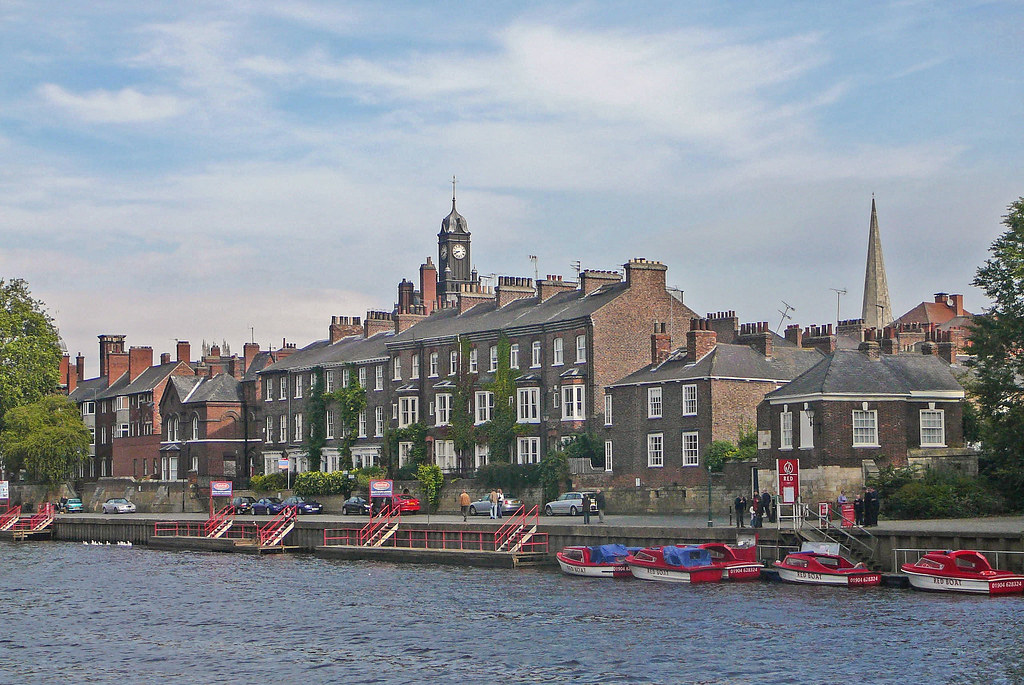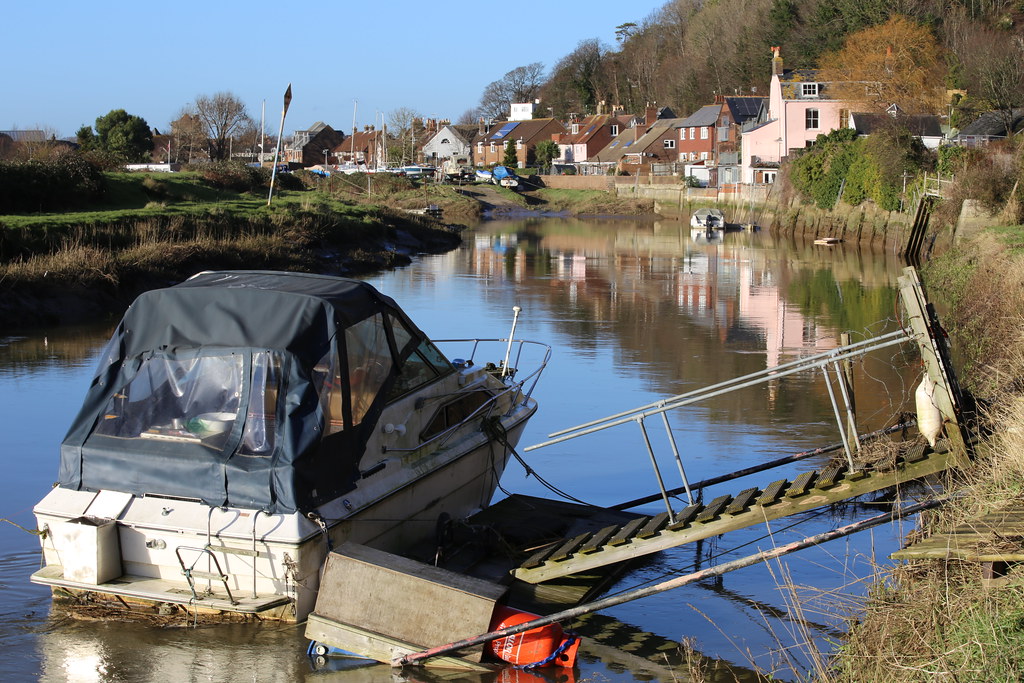I came across the oddly named River Great Ouse as I researched Pathway to Bedford. The river ran through Bedford, the County Town of Bedfordshire.

It amused me even further to discover that locals pronounce it somewhat akin to “Ooze”. A body of water likened to a great ooze seemed awful to me. Hopefully it didn’t flow with black tar or sewage. That wasn’t the case of course. In fact, photographic evidence made it appear quite lovely.
The Great Ouse became “great” because there were actually several rivers Ouse located throughout England. This one one simply happened to be the largest and longest. In fact it was the fourth longest river in the United Kingdom. It extended 143 miles (230 kilometres) from Syresham (map) to the Wash on the North Sea in East Anglia.
One of its more interesting features might have been the Cardington Slalom Course in Bedford. It became the first artificial kayaking facility constructed in the United Kingdom.
“Opened in September 1982, Cardington is a 120m long S-shaped trapezoid concrete channel with movable boulders fixed to the base which can be moved to make different river patterns. The maximum drop is 1.7 meters, but it’s enough for a good white water training facility and you can warm up on the main river. It offers safe moving water for paddlers at any level, and is suitable for up to Division 2 Slaloms, and also for recreation groups to hire.”
So, what about some of those other Rivers Ouse?
River Little Ouse

One might consider that Little Ouse would be an ideal name for a tributary of Great Ouse. Indeed, that was the case. Little Ouse flowed into Great Ouse near Littleport in Cambridgeshire after passing Thetford (map). Yes, indeed it was little, a mere 37 miles (60 km). However it also hid a greater significance, the dividing line between Norfolk and Suffolk for a considerable distance. Portions of it were also navigable by canal boats.
The other Rivers Ouse were not part of the Great and Little Ouse watersheds.
River Ouse, Yorkshire

The River Ouse in Yorkshire (map) didn’t carry the “Great” designation. Nonetheless it flowed through the rather significant city of York. As the city explained, “The city of York owes its existence to the Rivers Ouse and Foss. These natural barriers made it an ideal defensive site which was settled by the Romans in AD71.”
A couple of towns incorporated the river’s name, Newton-on-Ouse and Linton-on-Ouse. A Royal Air Force base located nearby adopted the name by extension, RAF Linton-on-Ouse: “RAF Linton-on-Ouse is one of the busiest airfields in the country. Tasked with the training future fast jet pilots for the Royal Air Force and Royal Navy, the Station operates the Tucano T1.”
River Ouse, Sussex

Another River Ouse existed in Sussex (map). It was notable for a more painful reason.
The English author Virginia Woolf suffered from depression for much of her life. A number of tragic events befell her during the early years of the Second World War. This including the destruction of her London home during The Blitz.
“These seemingly insurmountable facts motivated Woolf’s decision to, on March 28, 1941, pull on her overcoat, walk out into the River Ouse and fill her pockets with stones. As she waded into the water, the stream took her with it. The authorities found her some three weeks later.”
Why did I find so many rivers named Ouse? The Free Dictionary offered an explanation.
“Ouse is a perfectly appropriate name for a river, but one whose etymological meaning is likely to raise a smile. The name of these two rivers is derived from the Celtic languages that were spoken in England before the arrival of the Anglo-Saxons in the British Isles. Their Celtic name, Usa, is derived from *udso-, ‘water,’ which is in turn derived from the Indo-European root *wed-, ‘wet, water.’ The same root *wed- gives us the English words water and wet as well. Thus the Ouse River etymologically is the ‘Water River’ or the ‘Wet River.’ Of course, the speakers of early forms of the English language who borrowed the name from the Celts did not know the meaning of the word—as is rather frequently the case when foreign topographical terms are borrowed.”
So in a since they were all really the River River.

Leave a Reply